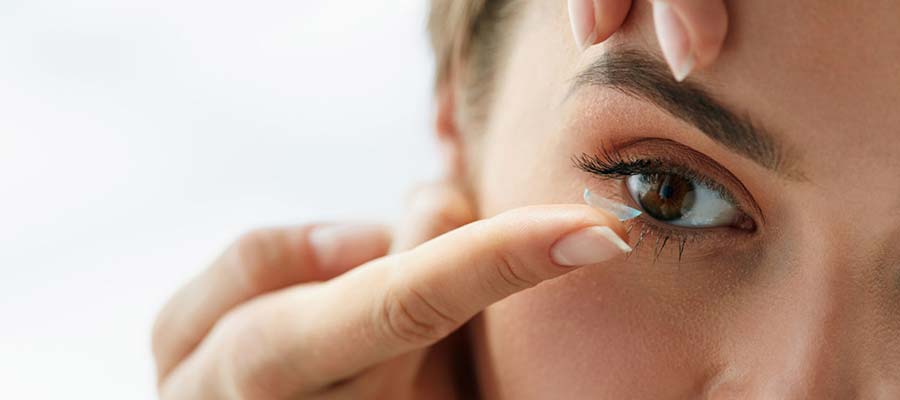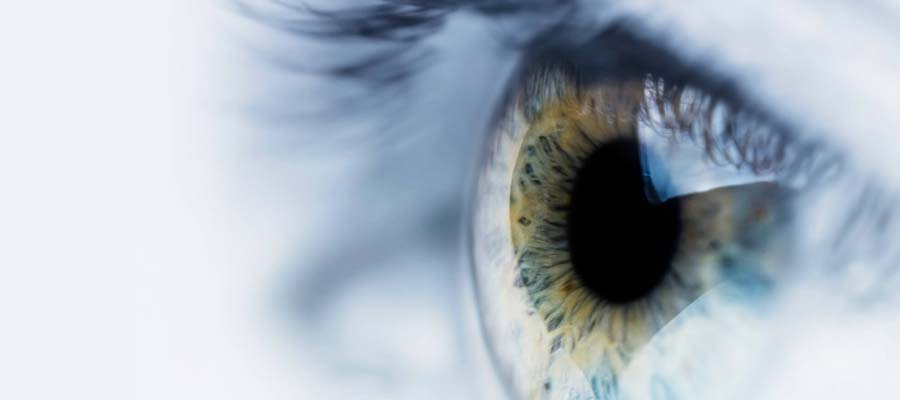Board Certified Optometrist Serving South Miami Florida
Are you searching for a board certified eye doctor in or near South Miami, FL? Dr. Maria Briceno Martin at Lakes Eye Care Center would like to to show what world class eye care is all about
Are you looking for an experienced optometrist near South Miami, Florida? If you are! There is a good chance that you will do what a lot of local residents in South Miami do! Go to Google seeking the best optometrist in South Miami. If you belong to this group it is imperative to highlight that many polls show that internet users searching for Vision Center Price List more often than not end up with an inferior service than those whose ask for referrals from co-workers. This is because today the majority of South Miami eye doctor depend Search Engine Optimization agencies to provide them with artificial reviews. Something you can’t fake is qualifications and that is what Dr. Maria Briceno Martin at Lakes Eyecare Center bring to the table. Individuals in both Dade and Broward County come to see her because they anticipate getting nothing but the best a eye doctor in or near South Miami, FL can offer… And if you haven’t see an optometrist lately may be you should.
Should You Really Get An Eye Test
In order to make your eyes as healthy as possible, you are going to want to give money and time in regular eye tests. Below, we shall go over some things that you should take into account when getting one; who to see, and when it should be done. Following are some facts to consider.
- Personal Health History – Just about the most important things that you should consider when you are deciding if you should have an eye test and what kind of eye exam, would be your family members history. You must include your individual health history while you are considering whether or not to have one because plenty of eye conditions and diseases can be passed from genetation to generation. When your family has a record of eye diseases, you are at increased risk also.
- Blury Vision – When you are having difficulty seeing, whether it’s daytime or nighttime, you will have to get an eye exam done. By doing that, it is possible to determine what is causing your vision to be blurry. This can be something that you must be taking very seriously as it could become worst if not dealt with.
- Your Age – The older you get, the more likely you will have some eye problems that will have to be resolved.While more and more youngsters are discovering their vision failing whether because of the over use of mobile devices or another reason, you are definitely going to want to go to the eye doctor a lot more frequently as you age. People who are between 18 and 60 should have at the least one eye text every 2 years. While, those that are 61 and older needs to have a yearly eye test.
- Previous Eye Injuries – Another major thing that you need to think over in relation to determining whether or not it’s worth getting a test is whether or not you have a background of eye injuries that might make you prone to eye degeneration.
Who Could Examine You?
There are different types of eye care pros that you can pick from. Below, we are going to be going through ways to finding out the person you should see.
- Optometrists – This eye doctor is usually who you want to call if you have relatively healthy vision and you only need simple corrections and adjustments like spectacles, contacts, etc. This type of eye doctor will be effective at treating eye diseases as well, but they might not normally be skilled or licensed to conduct surgery.
- Ophthalmologists – These are typically medical doctors that specialize in specific eye care who are certified and trained to perform eye surgery of a certain nature. They may also be more appropriate to take care of many types of eye diseases and conditions.
- Opticians – They are not actually medical doctors. These are eye care pros who were proficient at fitting glasses.
Overall, there is a lot that you ought to be considering when you are planning to have your eyes looked at. Ideally, you must get them checked out routinely and every so often. In case you are someone with a specific condition or you are at higher risk for a particular degenerative eye condition, you must increase your visits and be much more frequent. At the end of the day we only have one set of eyes and it is vital that we take care of it… For additional facts about how can an eye doctor help you stop by at our blog where we talk about thing like Affordable Eye Care. And if you have not visited your South Miami optometrist as of late contact us. We’ll like to show you why people who seek the best optometrist in South Miami are not satisfied with nothing but the best.


